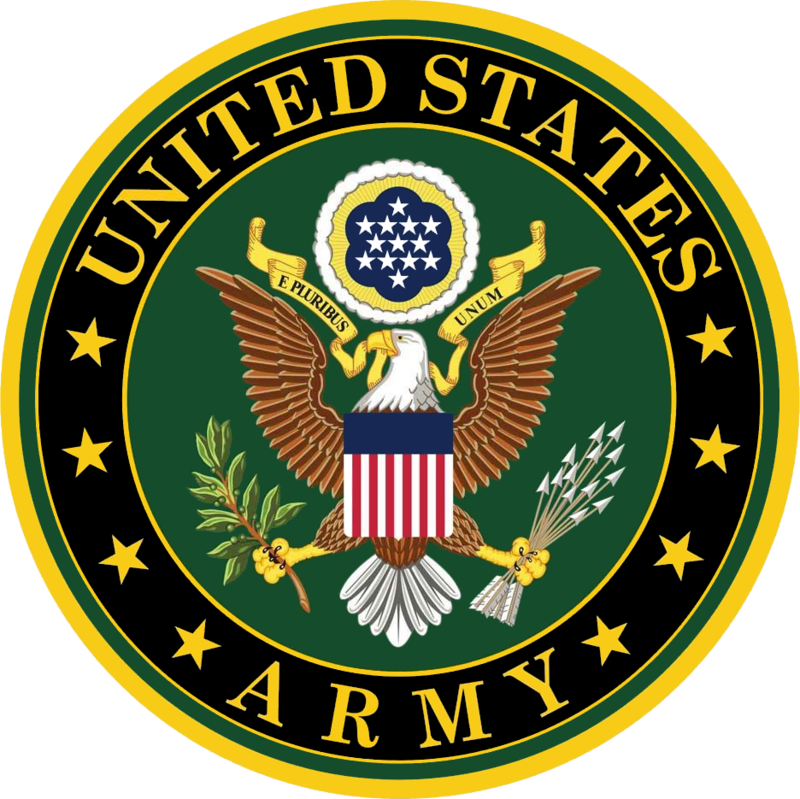ABOUT SOCPAC
- Origins: Special Operations Command Pacific (SOCPAC) was established in November 1983, originally as a sub-unified command under the United States Pacific Command (USPACOM), now called Indo-Pacific Command (USINDOPACOM).
- Area of Responsibility: SOCPAC’s area covers over half the earth’s surface, including 36 nations and more than 50% of the world’s population—making it one of the most geographically diverse and complex commands.
- Joint Operations: SOCPAC is a joint headquarters, integrating Army, Navy, Air Force, and Marine Corps special operations units to meet its mission requirements.
- Philippines Counterterrorism: SOCPAC played a leading role in Operation Enduring Freedom – Philippines (OEF-P), supporting the Philippine government in its fight against terrorist groups like Abu Sayyaf from 2002 to 2015.
- Humanitarian Missions: SOCPAC regularly conducts humanitarian assistance and disaster relief missions, responding to natural disasters such as the 2004 Indian Ocean tsunami and the 2013 Typhoon Haiyan in the Philippines.
- Countering WMDs: SOCPAC is involved in counter-proliferation efforts, working with regional partners to counter weapons of mass destruction in the Indo-Pacific region.
- Hostage Rescue Operations: SOCPAC has participated in or coordinated high-risk hostage rescue missions in Southeast Asia, often working alongside local forces.
- Partnership Building: Through exercises like BALIKATAN and COBRA GOLD, SOCPAC enhances interoperability and relationships with regional allies, including the Philippines, Thailand, and Australia.
- Innovative Tactics: SOCPAC is known for pioneering unconventional warfare and low-visibility operations, adapting to the unique challenges of jungle, island, and urban environments in the Pacific.
- Command Location: SOCPAC is headquartered at Camp H.M. Smith, Hawaii, strategically positioning it to respond rapidly across the vast Indo-Pacific region.

